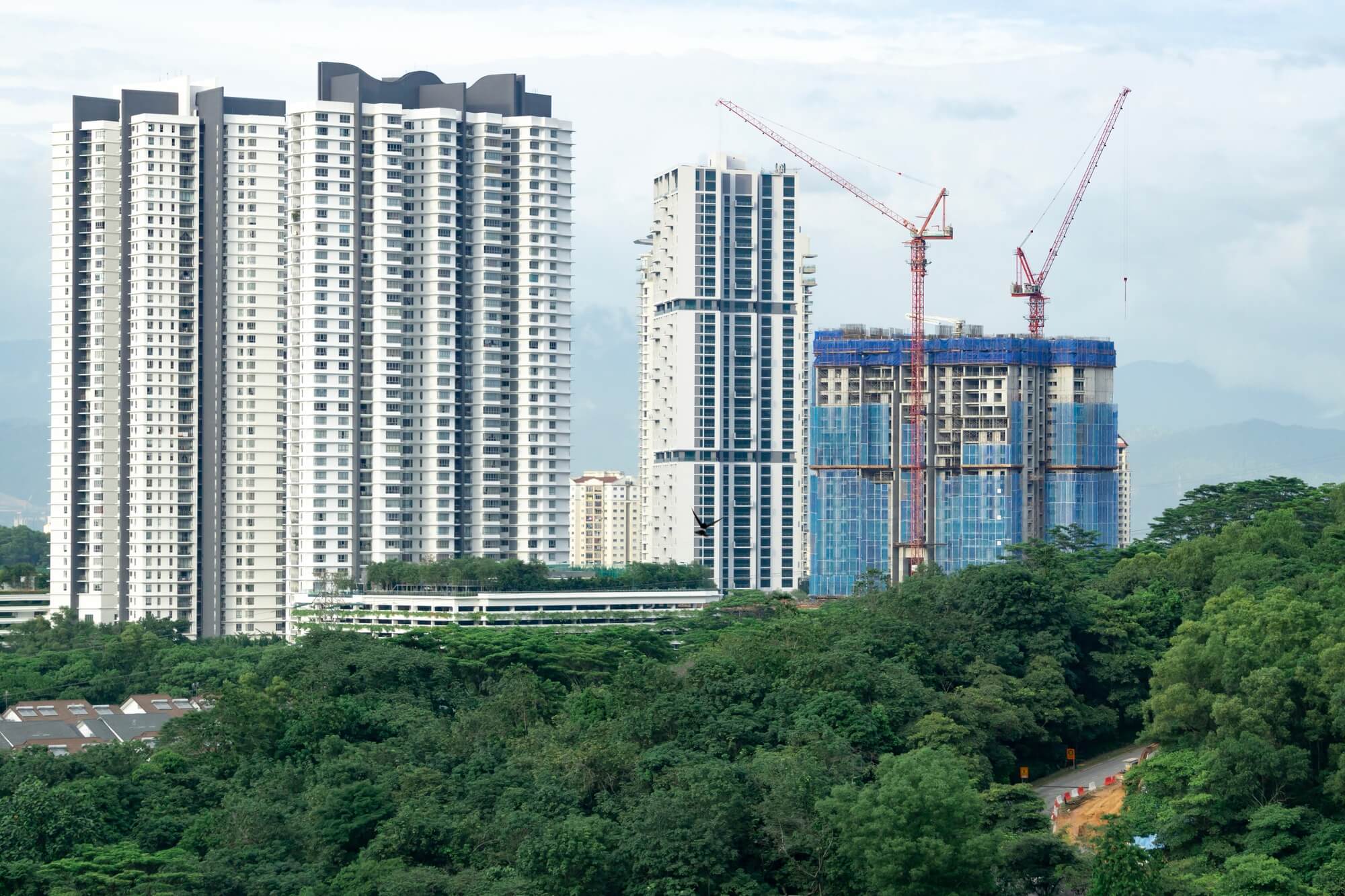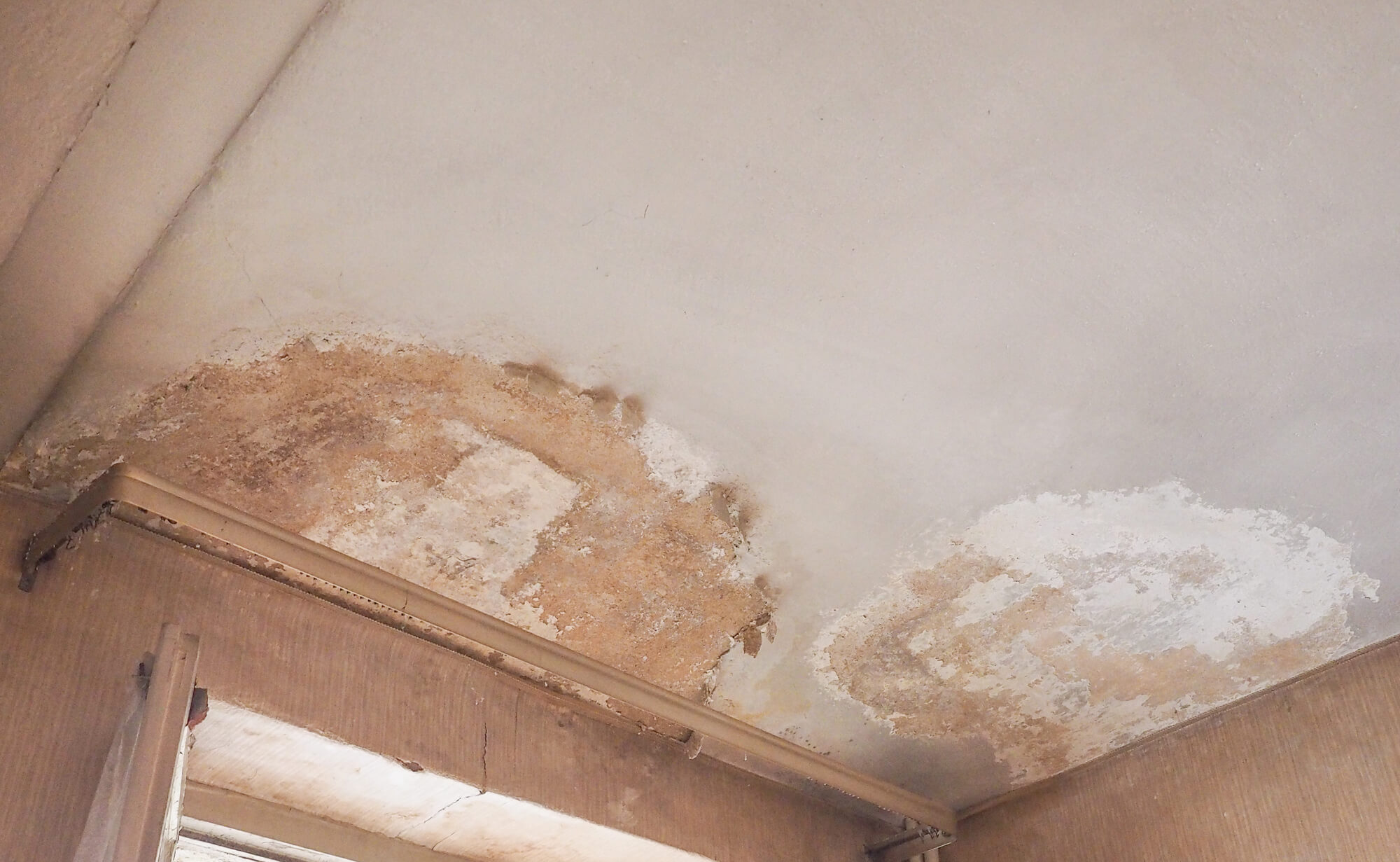June 30, 2024
Beyond Aesthetics: Combining Design and Functionality in Commercial Roofing
Many commercial property owners make the initial mistake of prioritizing aesthetics when
In the fast-paced world of commercial real estate, where the challenges and opportunities are ever-evolving, it's all too easy for large portfolio owners of commercial properties to get caught up in the relentless whirlwind of day-to-day operations.
The unceasing demands of tenant management, lease negotiations, and market dynamics can leave little room to contemplate the maintenance and updates that your commercial building desperately requires. Amid all these responsibilities, it's easy to overlook the vital task of keeping your properties safe from unexpected problems like commercial water damage or mold growth.
In this blog, we'll explore the various consequences of delaying important updates for your commercial building and how to avoid them.

Regular building maintenance is the cornerstone of responsible commercial property ownership. It is the proactive process of inspecting, servicing, and addressing the upkeep needs of a commercial building to ensure its optimal functioning and longevity.
Maintenance can encompass tasks from routine inspections and minor repairs to more substantial renovations and system upgrades. In the realm of commercial real estate, regular building maintenance cannot be overstated, as it directly impacts the overall health, performance, and value of your investment.
Here’re some reasons why regular building maintenance is a non-negotiable aspect of managing commercial properties:
Commercial buildings represent substantial investments, and regular maintenance helps preserve their value. By addressing issues as soon as they arise, you prevent small problems from snowballing into major, costly ones.
A well-maintained building retains its market value, making it a more attractive asset for potential buyers or occupants.
All building components, from the roof to HVAC systems, have finite lifespans. With proper maintenance, commercial property owners can prevent premature wear and tear and significantly extend the longevity of structures and components.
Regular maintenance ensures building systems operate at peak efficiency. A functioning building consumes less energy, resulting in lower utility bills. Over time, savings can add up and positively impact your bottom line.
Building codes and regulations are ever-evolving. Therefore, regular maintenance ensures your property remains compliant with safety standards and environmental regulations.
Proactive maintenance is typically more cost-effective than reactive repairs. Addressing minor issues before they become major problems can save you a substantial amount of money in the long run.
On the other hand, delaying maintenance may lead to emergency repairs that are more expensive and disruptive to tenants.
Well-maintained commercial properties tend to appreciate in value over time. As your building's condition and functionality improve through regular upkeep and updates, its market value can increase, allowing you to leverage it for more favorable financing terms or capitalizing on profitable sale opportunities.
Neglecting structural updates and repairs can compromise the safety of your commercial building. Over time, structural components like load-bearing walls, foundations, and support beams can weaken due to wear, exposure to the elements, or the accumulation of damage.
Deterioration can create safety hazards for occupants, including employees, tenants, and visitors. In severe cases, structural issues may result in partial or complete building collapses, posing grave risks to lives and property.
Neglected maintenance allows existing issues to fester and worsen over time, resulting in higher repair bills and greater overall expenses.
What might initially seem like a minor issue, such as a roof leak, can quickly escalate into a major problem with substantial water damage, structural deterioration, and even mold growth if left unaddressed.
Delaying essential updates can result in outdated and inefficient building systems, with can manifest in compromised structural integrity, inadequate insulation, or aging building materials.
Structural inefficiencies allow for heat loss or infiltration, causing the building's heating and cooling systems to work harder and consume more energy. Heightened energy demands translate into increased utility bills, impacting the overall operational costs of the commercial property.
Not paying attention to updates or repairs can lead to safety hazards within your building. For example, outdated electrical systems may pose a fire risk, and neglected structural elements may compromise the building's integrity.
Aside from jeopardizing occupants and resulting in property damage, delayed updates can expose property owners to legal liability. If an occupant is injured or property is damaged due to neglected maintenance, property owners may face lawsuits and costly settlements.

Water damage often begins subtly, with minor leaks or moisture intrusion, but it can escalate over time and cause the following issues:
Roofing problems, if neglected, can give rise to these significant structural damage over time:
A proactive maintenance plan is a comprehensive strategy that encompasses various aspects of building upkeep and updates. here are some measures commercial property owners can adopt to avoid delays:
Budgeting for updates and renovations is a fundamental aspect of avoiding delays, and they should include the following:
Leveraging technology and data-driven insights can revolutionize maintenance practices and minimize delays:
While not strictly a maintenance strategy, disaster preparedness and recovery planning are crucial components of avoiding delays caused by unforeseen events:

In the dynamic world of commercial real estate, large portfolio owners must recognize the profound impact that delaying essential updates can have on their properties. From the financial burdens of increased repair costs to the operational challenges of decreased energy efficiency, the consequences of neglecting maintenance are significant.
For reliable updates and restoration due to roofing problems, water damage, or other issues, consider partnering with BlueTeam. Contact us today to book a quote and ensure the ongoing well-being of your commercial properties.